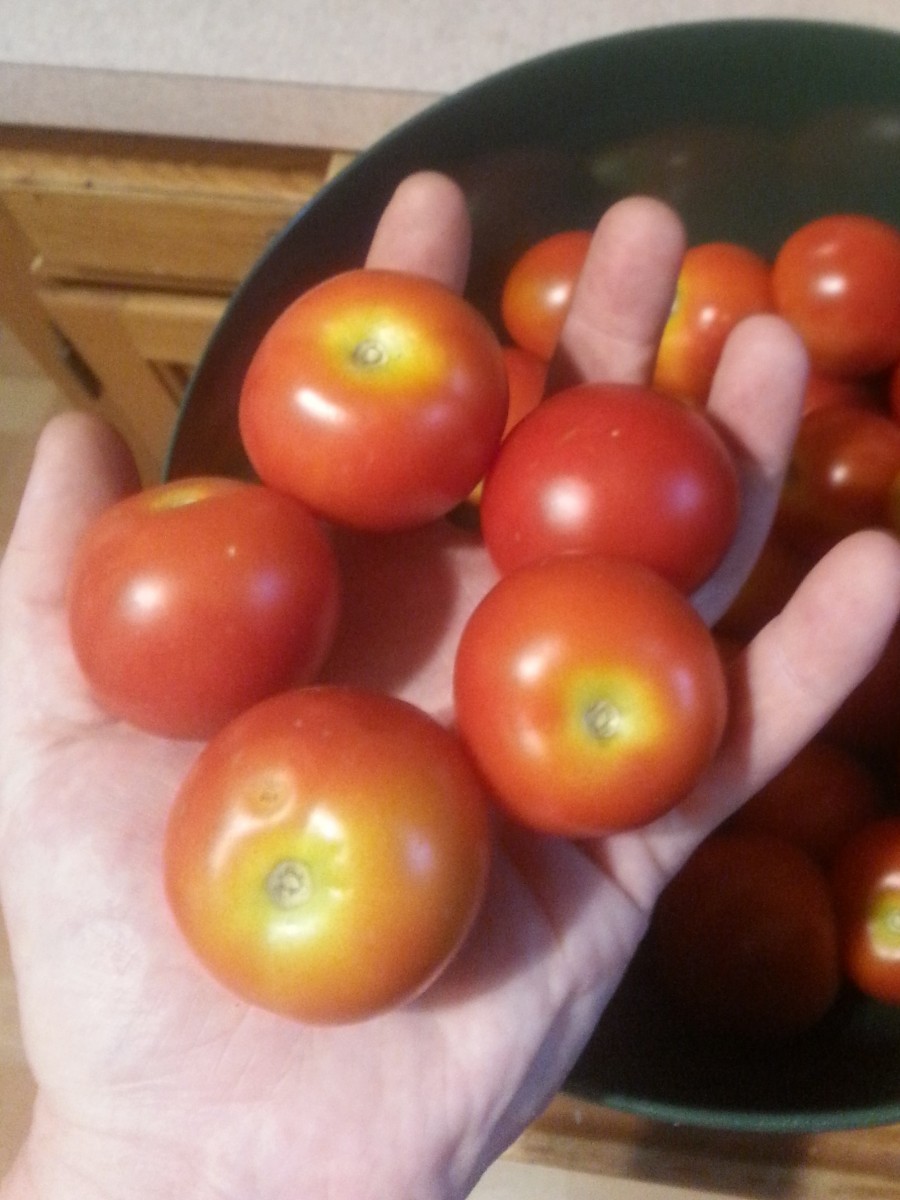As I write this entry I have been working on the NOVIC trial for close to 6 months! In retrospect, it’s really quite amazing how long we wait for fresh tomatoes here in the Pacific Northwest. But we do it for good reason. Most of us have experienced the immense disappointment of biting into a commodity tomato – most of which are grown in Florida and picked green – to encounter an acidic piece of cardboard. The sensory reward from fresh, well-adapted, and locally grown tomatoes is something completely different. Just last week, for example, I was harvesting a few varieties from the field (ie: collecting data). One just happened to split as I pulled it from its truss, so rather than toss it into the compost after weighing, I tossed it in my mouth. An uncontrollable, purely visceral (and probably awkwardly sexual) moan of pleasure escaped from within: Mmmmm. From my perspective as the taster, the world seemed to get quiet: birds stopped chirping, the breeze briefly ceased, all thoughts left my head except the tomato I was eating. It was as if nature demanded I pay full attention to the gastronomic gift in front of me. It was a testament to some of the best nature has to offer, which should not be confused with the best money can buy. If you consider the breeder’s efforts behind this tomato, then perhaps it’s best to describe it as a testament to what can be achieved when humans work together with nature, rather than when we try to control it.
There is something fundamentally human about eating and growing food. Other than saying “it feels right,” I’m not entirely sure how to explain why I pursue agricultural and seed research, at least not succinctly. Regardless, I’m supremely excited to be able to share this NOVIC daughter trial with students, faculty, and anyone else that’s interested. Part of this blog’s goal is to leave a digital memory of the trial for future students to see some of the possibilities at Evergreen. While this project is far from perfect, this blog will hopefully allow me to walk readers through the methodology, discuss mistakes and learning experiences, provide resources, and celebrate good food produced from good farming!

Leave a Reply